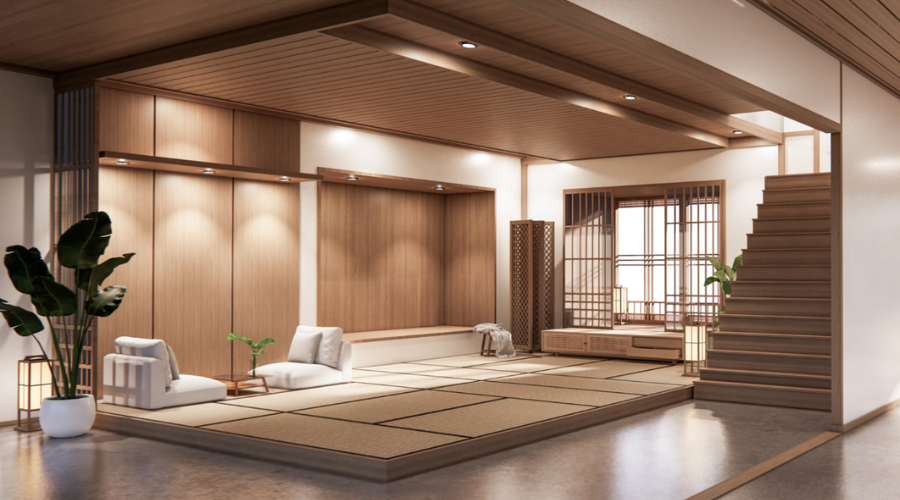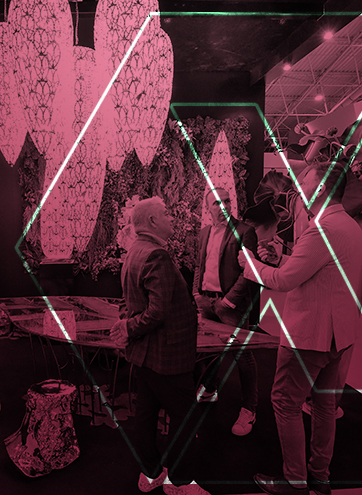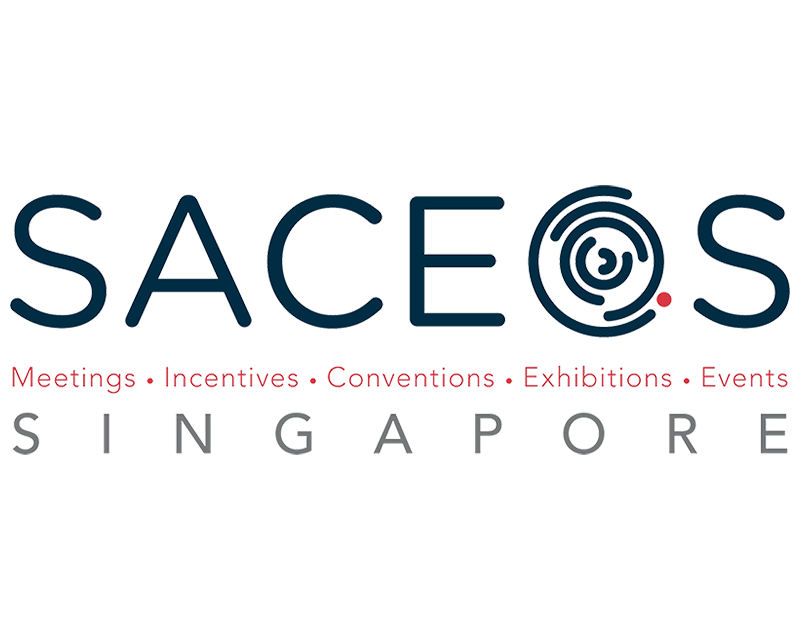The Future of AI in Interior Design
09 Mar. 2023Artificial intelligence (AI) has already made significant strides in a variety of industries, and the interior design field is no exception. In the coming years, we can expect to see greater adoption and development of AI in interior design, with the potential to revolutionise the profession and the design process as we know it.

One of the primary ways that AI is being used in interior design is through the creation of virtual design assistants. These tools allow designers to input their design ideas and preferences, and receive suggestions and options for furniture, colour schemes, and other elements. These virtual assistants can also generate 3D renderings and floor plans, giving clients a realistic preview of their space before any physical work is done.
Another way that AI is being utilised in interior design is through the analysis of customer data. By analysing past customer preferences and purchasing patterns, designers can more accurately predict what styles and products will be popular in the future. This can help them to make more informed design decisions and create spaces that are tailored to their clients’ needs and tastes.
One of the potential impacts of AI on the interior design profession is the potential for automation of certain tasks. While it is unlikely that AI will completely replace human designers, it is possible that certain parts of the design process could be automated, such as the creation of floor plans or the selection of furniture and decor. This could potentially free up more time for designers to focus on the creative and conceptual aspects of their work.
On the other hand, there is also the potential for AI to augment the work of human designers. For example, AI could be used to help designers generate ideas and concepts, or to analyse and optimise the functionality and flow of a space. By working alongside AI, designers may be able to produce even more innovative and effective designs.
One of the main benefits of AI in interior design is the potential to make the design process more efficient and cost-effective. Virtual design assistants and other AI tools can help designers to work more quickly and accurately, and can also help to reduce the need for physical prototypes and mock-ups. This can ultimately lead to cost savings for both designers and clients.
Of course, there are also potential drawbacks to the increasing use of AI in interior design. Some people may be concerned about the potential loss of jobs due to automation, and there may be a need for designers to adapt and upskill in order to keep up with the changing industry. There may also be concerns about the ethics of using AI in design, such as the potential for bias in the algorithms used to generate design suggestions.
Despite these potential challenges, it seems likely that AI will continue to play an increasingly important role in the interior design industry in the coming years. By embracing and leveraging the capabilities of AI, designers can create more effective and efficient designs, and provide an even better experience for their clients. As with any technological advancement, it will be important for the interior design profession to adapt and evolve in order to make the most of the opportunities that AI offers.
Source Credits: Interior Style Hunter





